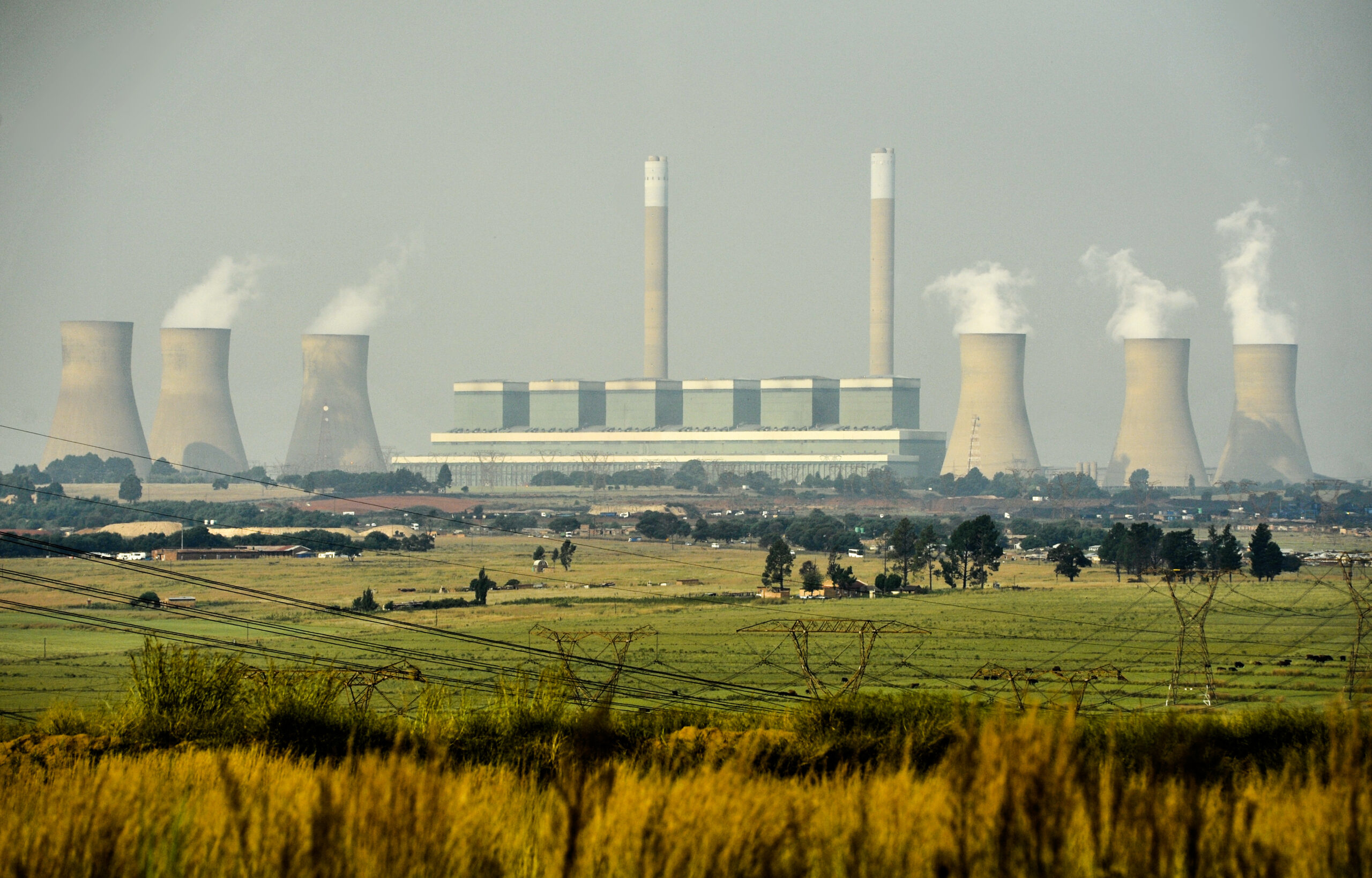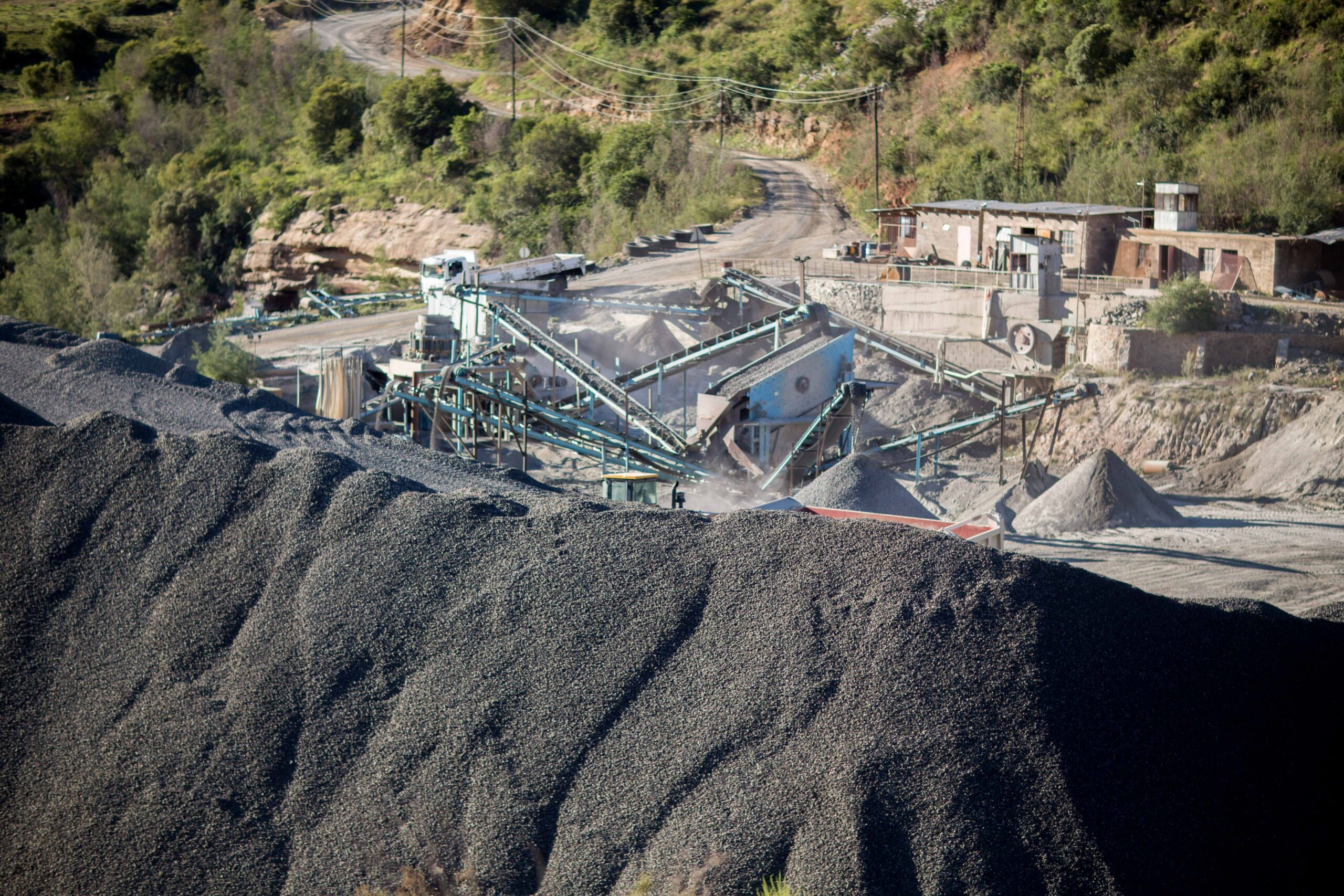Time’s up for fossil fuels: Here’s what we gain from a clean energy future
Our fossil fuel energy system comes at a massive cost. Climate change is causing extreme temperatures, drought and catastrophic flooding. Scientists warned this would happen. Yet, the world’s economies remain hooked on fossil fuels, and we need to put an end to them fast.
Despite generating more and more energy from renewables each year, coal, oil and gas still dominate the global energy mix. In South Africa, fossil fuels produced over 86 per cent of electricity generation in 2021. Globally, around three-quarters of global greenhouse gas (GHG) emissions still come from burning fossil fuels for energy. Moreover, despite commitments under the Paris Agreement, the world continues to burn more each year.
The latest Intergovernmental Panel on Climate Change (IPCC) report stresses that global GHG emissions must rapidly decline and almost halve this decade. This is the “now or never” chance to avoid the very worst effects of climate change and stay within 1.5°C of warming.
Efforts to decarbonise our economies are happening, just not nearly fast enough. Global energy demand is rising, meaning renewables need to meet this growing demand as well as displace existing fossil fuels. It is widely known that reaching net zero emissions will cost far less than the costs of inaction. Leaders must end the fossil fuel era now and embrace the benefits that a low-carbon economy will bring.
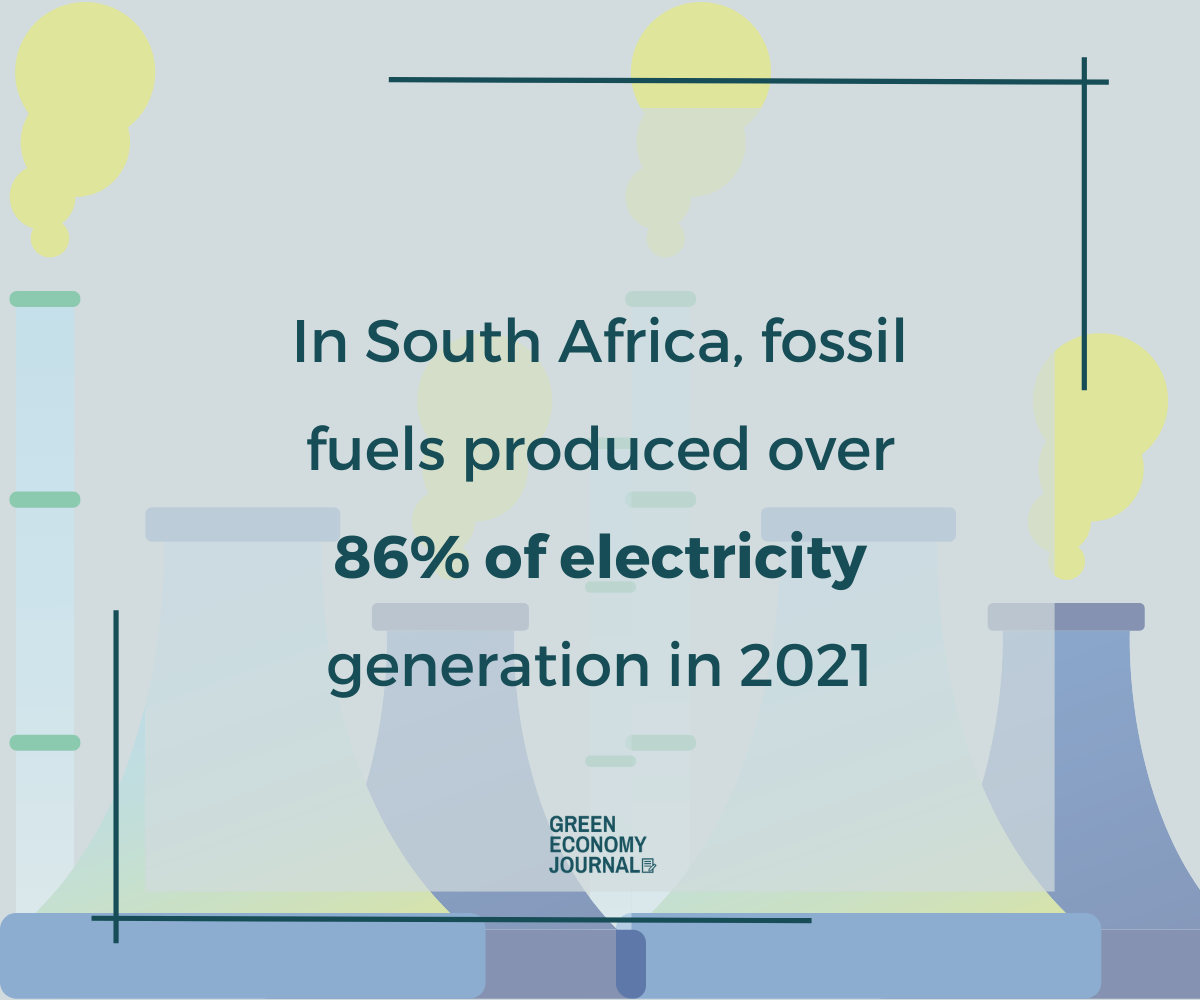
The true costs of fossil fuels
Burning fossil fuels causes colossal economic costs. Last year, an international team of scientists found that global GDP could be 37 per cent lower in 2100 due to the economic damage of climate change. These costs are six times higher than previous estimates.
But, depending on how climate continues to affect long-term growth and how far societies can adapt, the economic costs could be even more severe: costing the world as much as 51 per cent of global GDP this century. The authors then calculated the effect of these changes on the ‘social cost of carbon’. They found that the economic damage could exceed USD $3,000 per tonne of CO2 emitted.
“Burning CO2 has a cost to society, even if it is not directly to our wallets”, study co-author Dr Chris Brierley warned. “Each person’s emissions could quite well result in a cost to humanity of over [USD] $1,300 per year, rising to over $15,000 once the impacts of climate change on economic growth are included.”
In South Africa, the annual social cost of fossil fuel combustion is at least R550 billion a year, the International Institute for Sustainable Development (IISD) calculated. This amount exceeds the government revenues earned from fossil fuels five times over. The social costs include deaths, disease and working days lost due to air pollution and environmental damage, representing a significant burden on the health and quality of life of millions of South Africans each year.
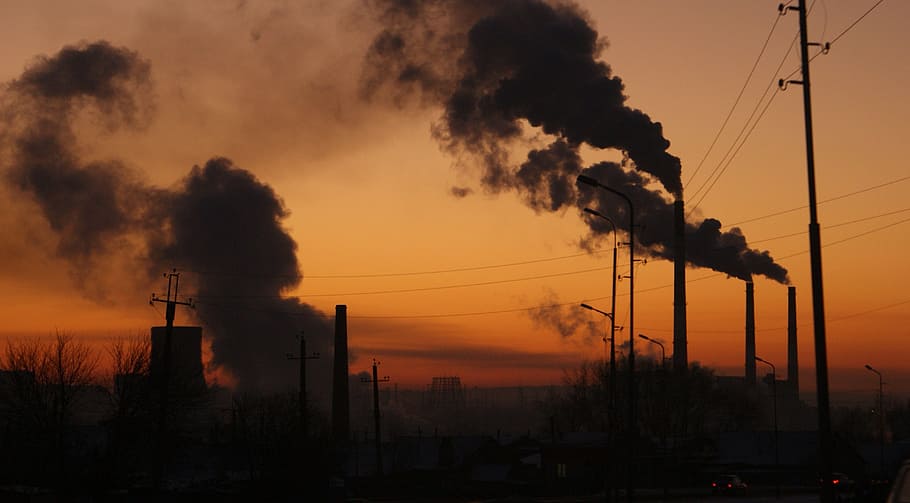
We need to get serious about carbon pricing
Despite the vast costs of fossil fuels on the planet and society, the global average price of emissions was just USD $2 per tonne in 2021.
Carbon pricing is a powerful instrument to capture the external costs of emissions, allowing clean technologies to compete on an equal playing field with fossil fuels or other GHG-emitting practices. “Putting a price on carbon emissions can drive efficient emission reductions, spur innovation and allow businesses and households to choose how they reduce emissions”, says the World Resources Institute (WRI).
Evidence from the 70 national and subnational economies has demonstrated that carbon pricing does not slow economic growth. Instead, it provides a clear and steady signal for businesses, industry and consumers to shift course. When designed and implemented effectively, carbon pricing can also be a powerful fiscal tool to achieve broader sustainable development benefits and reduce economic inequalities.
Taxing carbon can also bring in significant amounts of government funds. In 2017, carbon pricing programs raised USD $33 billion in revenues globally. In South Africa, an estimated R1.3 billion in carbon tax revenues was collected in the period from 1 April 2021 to 30 November 2021.
From 1 January 2022, South Africa increased its carbon tax rate to R144 per ton (about USD $9). This will continue to increase annually, reaching at least USD $30 by 2030 and USD $120 beyond 2050. The new and future carbon tax rates have the potential to become a significant contributor to South Africa’s government revenues, as well as force out fossil fuels from the energy mix.
We need to stop subsidising coal, oil and gas
Fossil fuel subsidies are one of the most significant financial barriers hampering the world’s shift to renewable energy. Each year, governments worldwide pour almost six trillion dollars – or 6.8 per cent of GDP in 2020 – into artificially lowering the price of fossil fuels, according to the International Monetary Fund (IMF).
Just eight per cent of this 2020 subsidy reflects undercharging for supply costs. Undercharging the environmental costs and foregone consumption taxes equates to 92 per cent. The IMF predicts this vast amount will increase to 7.4 per cent of GDP in 2025 as the share of fuel consumption in emerging markets continues to climb.
In South Africa, energy subsidies more than tripled between 2017 and 2020 to R172 billion (USD $10.4 billion), according to the IISD. Fossil fuels received the highest amount of subsidies, including coal-fired electricity.
“Right now in South Africa, billions are spent propping up the existing fossil fuel system”, says IISD’s Chido Muzondo, co-author of the report. “These subsidies represent an enormous cost to the public budget and take a heavy toll on people’s health and the climate.”
To stop the trend of rising subsidies, the government must tie financial support to the clean energy transition and phase out carbon tax exemptions, IISD experts recommend. National Treasury economist Memory Machingambi has affirmed South Africa’s commitment to phasing out fossil fuel subsidies and increasing carbon tax efficacy. “National Treasury regards climate change as the biggest risk facing humanity”, she said. But, she also concedes much more needs to be done.
While governments continue to prop up the polluting fossil fuel industry with public money, the WRI calculate that global fossil fuel subsidy reform and carbon pricing could generate USD $2.8 trillion in government revenues per year in 2030.
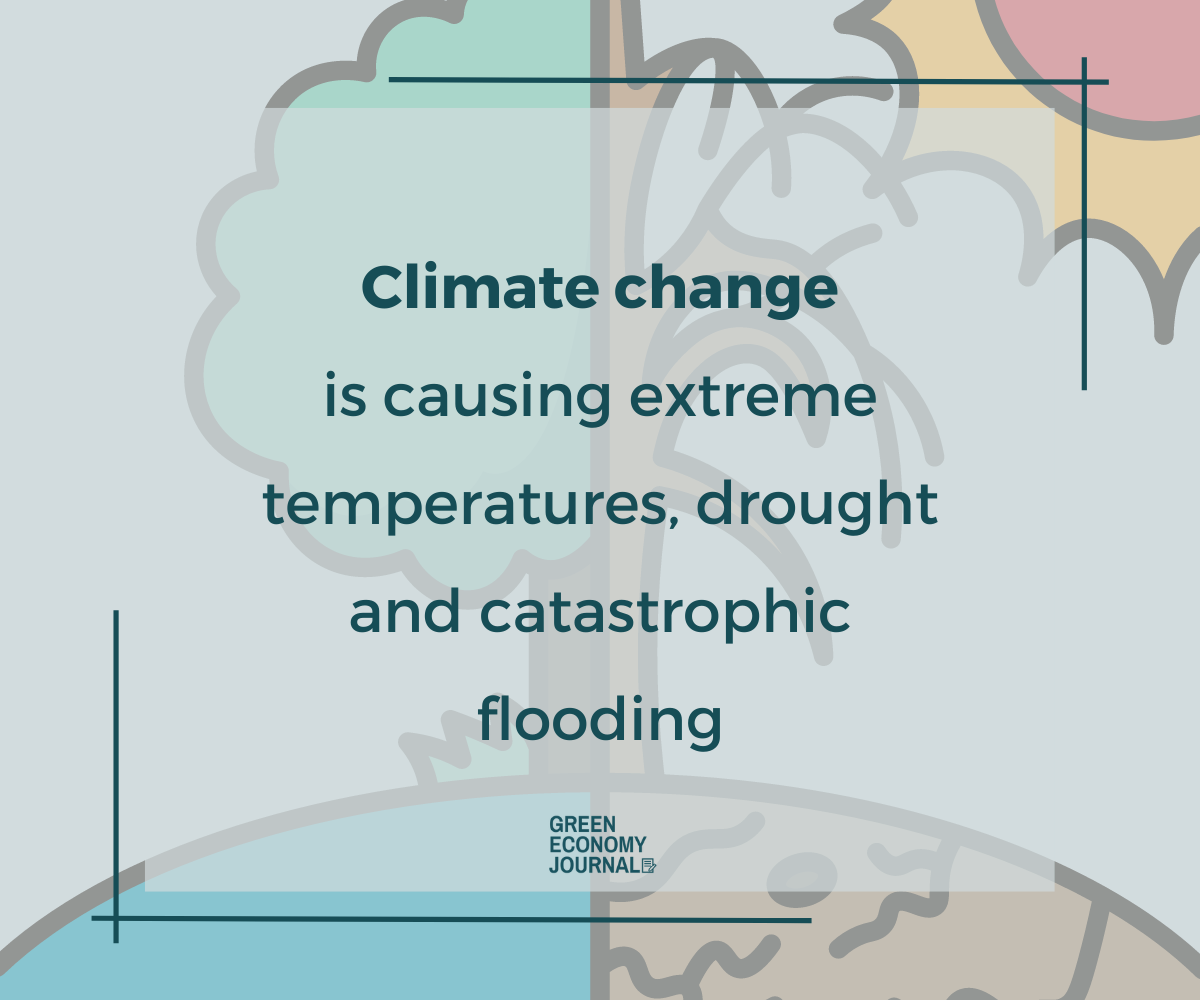
The rapidly falling costs of renewables
Using fossil fuels for energy generation is not only very costly but also incredibly inefficient. For example, most fossil fuel plants run with an efficiency of 33 to 40 per cent: the rest is wasted as heat. However, when we measure electricity generation from renewables, there are no losses or waste to consider.
For this and other reasons, the clean energy transition is already well underway. The costs of renewable energy and storage technologies are plummeting — even exceeding industry predictions. For example, electricity costs from utility-scale solar photovoltaics (PV) fell 85 per cent between 2010 and 2020.
As a result, a rapid transition to emissions-free ‘green’ energy could save trillions of dollars in energy costs, which would reduce energy bills and mitigate climate change.
The economics of shifting from fossil fuel to renewable energy sources
Analysis by the International Renewable Energy Agency (IRENA) outlines that new solar and wind projects are increasingly undercutting even the cheapest existing coal-fired power plants. Replacing these coal-fired plants would cut annual system costs by USD $32 billion per year and reduce annual CO2 emissions by around three billion tonnes (gigatonnes) of CO2, they found. The new renewable projects from 2020 alone will save emerging economies up to USD $156 billion over their lifespan.
“Today, renewables are the cheapest source of power”, said IRENA’s Director-General Francesco La Camera. “Renewables present countries tied to coal with an economically attractive phase-out agenda that ensures they meet growing energy demand while saving costs, adding jobs, boosting growth and meeting climate ambition. I am encouraged that more and more countries opt to power their economies with renewables and follow IRENA’s pathway to reach net-zero emissions by 2050.”

Embracing renewables in South Africa
South Africa has the potential to become a world leader in renewable energy. It has abundant large, open spaces to construct solar and wind plants, around 2,500 hours of annual sunshine and an estimated wind power potential of 6,700 GW (gigawatts). The cost of any renewable energy plant in South Africa is now at least 30 per cent cheaper than building the cheapest new coal plant.
In a 2019 poll, 80 per cent of South African respondents agreed that investing in renewables would be better for long-term development than coal.
Ambitious decarbonisation efforts could also create and support over 1.8 million green jobs in South Africa by 2030. This would help to solve the unemployment crisis and contribute to a “just, inclusive and equitable” transition. The effects would ripple across people’s lives, ensuring comfortable homes, cleaner air and making communities more resilient to extreme weather events.
A collation of peer-reviewed research papers by Stanford University envisioned the future for South Africa powered entirely by renewable energy. They report that a cost-effective and fossil carbon-free energy system for South Africa is “imminent”.
“The results indicate that a 100% renewable energy system is the least-cost, least-water intensive, least-GHG-emitting and most job-rich option for the South African energy system in the mid-term future. No new coal and nuclear power plants are installed in the least-cost pathway, and existing fossil fuel capacities are phased out based on their technical lifetime.”
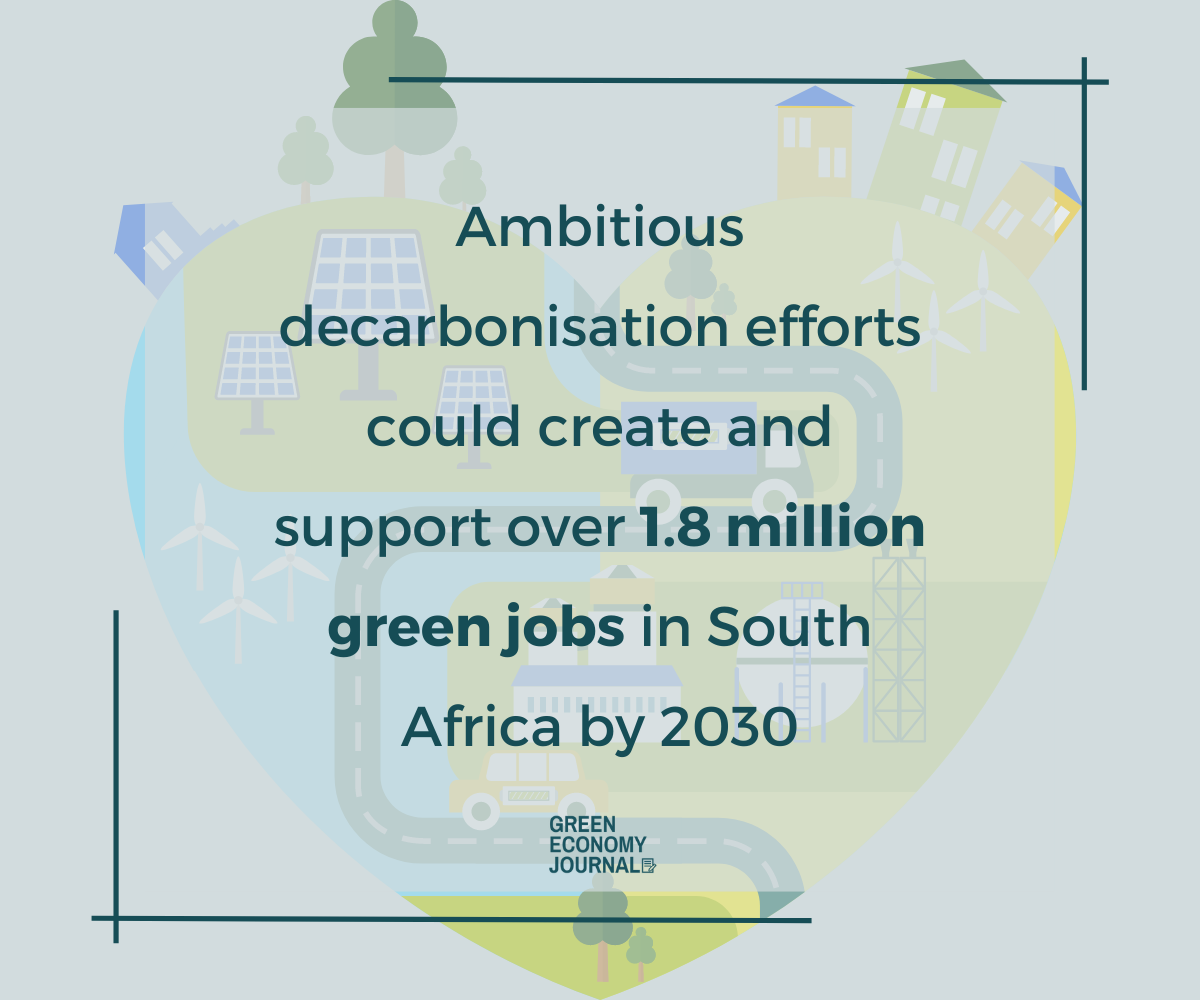
The global opportunity
Bold action on climate – including ending fossils fuels and embracing clean, renewable technologies – could deliver global economic benefits of USD $26 trillion (cumulative) by 2030 compared with business-as-usual. This is a conservative estimate. Ambitious climate action could also generate more than 65 million new low-carbon jobs in 2030.
The clean energy transition is already well underway. But, while leaders continue to subsidise fossil fuels and underprice carbon, we risk exceeding 1.5°C of warming as early as the next decade. As the latest IPCC report makes clear: we have the technology, but the last barrier to the Paris Agreement is political will.
“We are entering a new era of economic growth”, says The New Climate Economy. “We can eliminate extreme poverty, prevent dangerous climate change, and improve the lives and livelihoods of millions—but only if we set out to do so decisively now.”
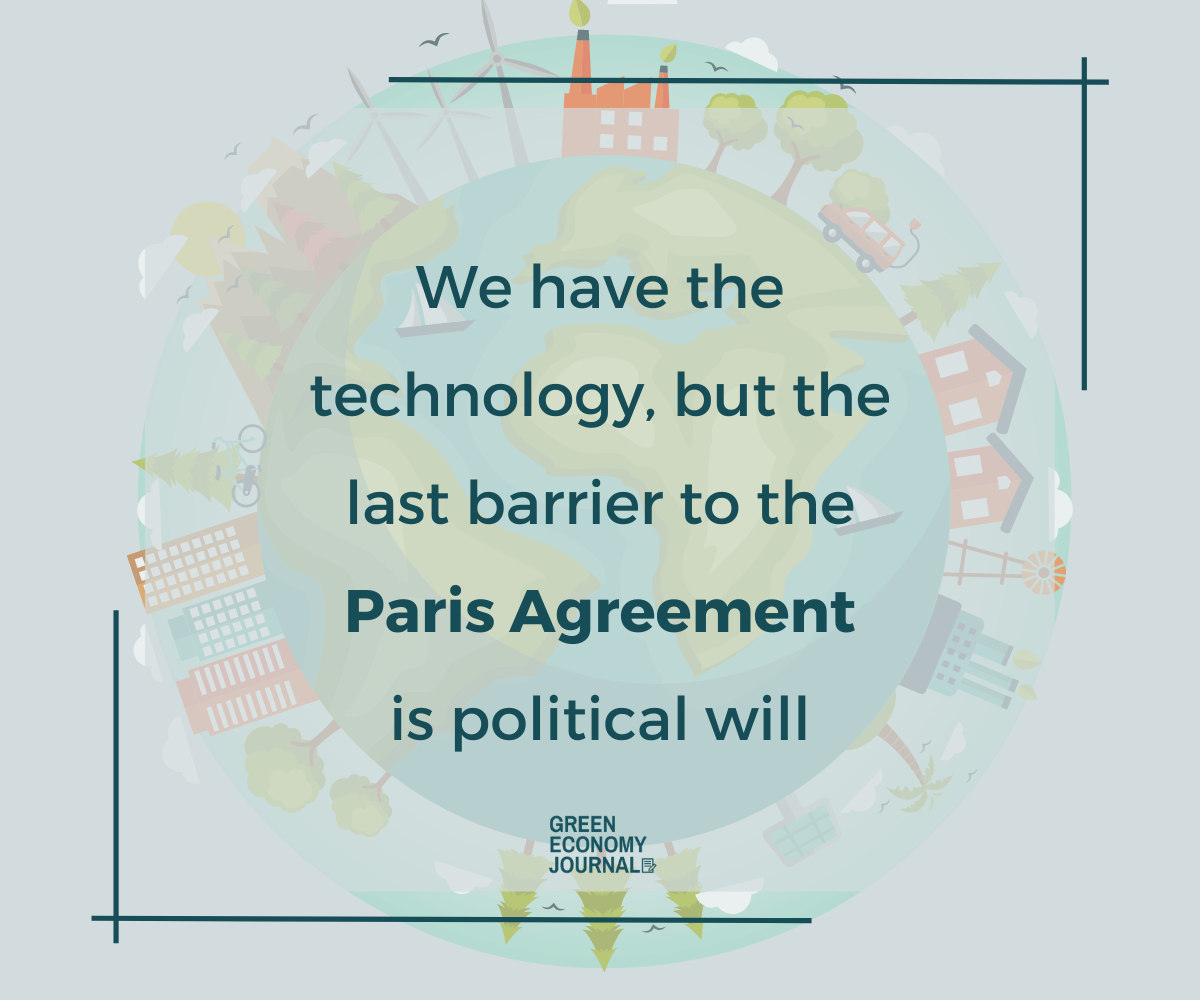
Related Articles
Eskom: Green energy saves water
Generating electricity from fossil fuels has a hidden cost: South Africa’s already scarce supply of fresh water.
The false promise of ‘clean’ coal in South Africa
Even using the cleanest technology available, coal’s severe environmental, health and climate consequences remain unavoidable.

